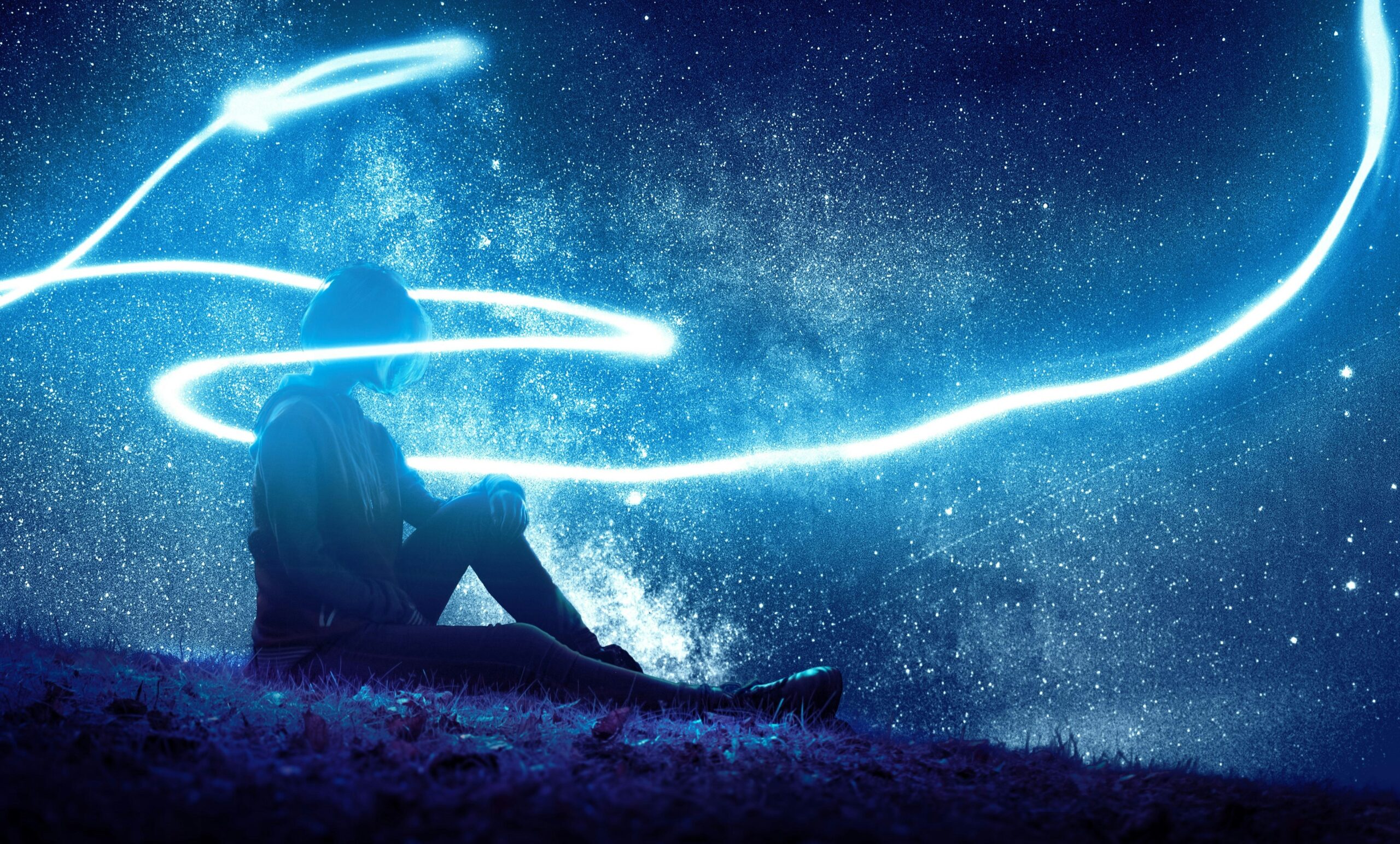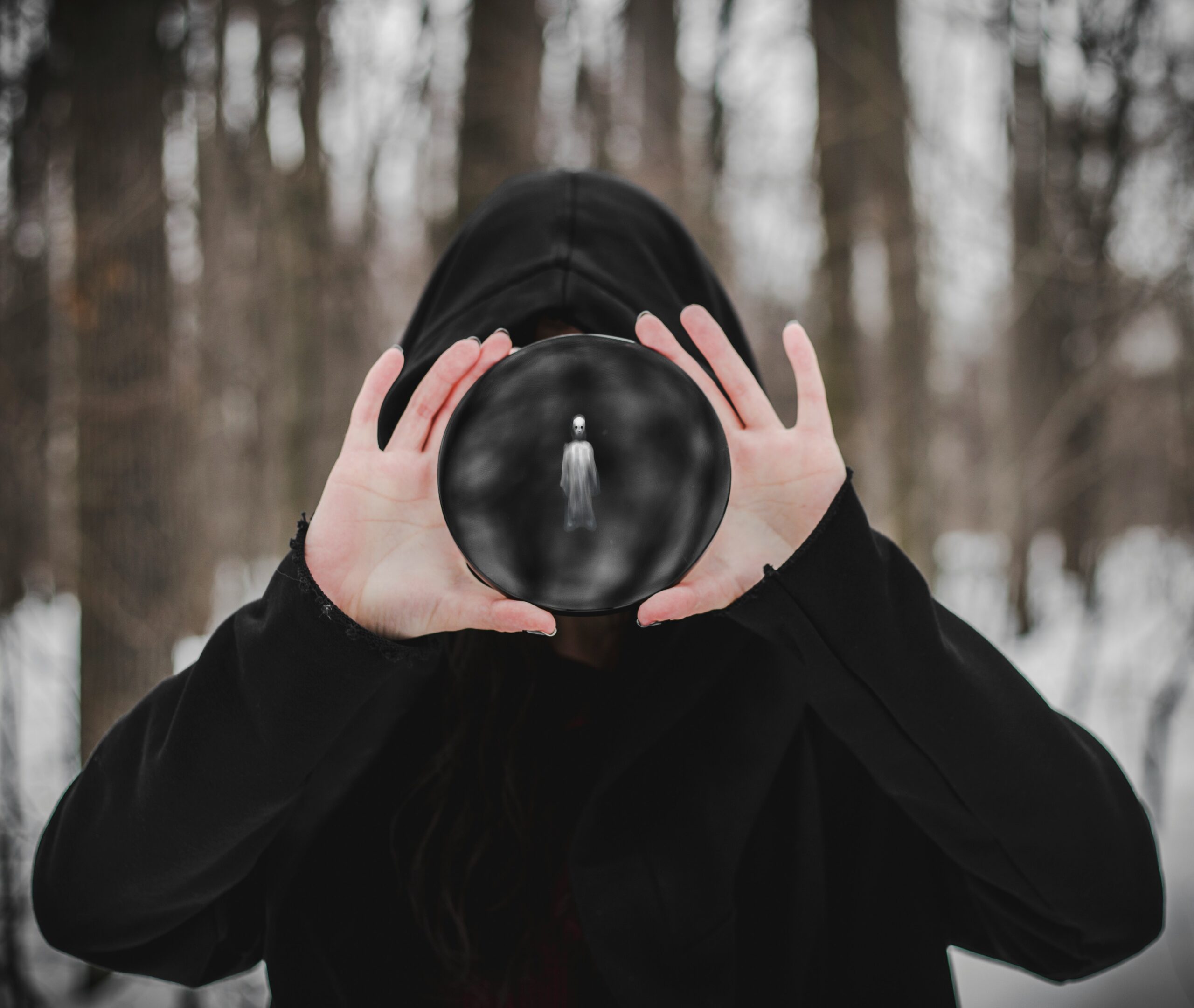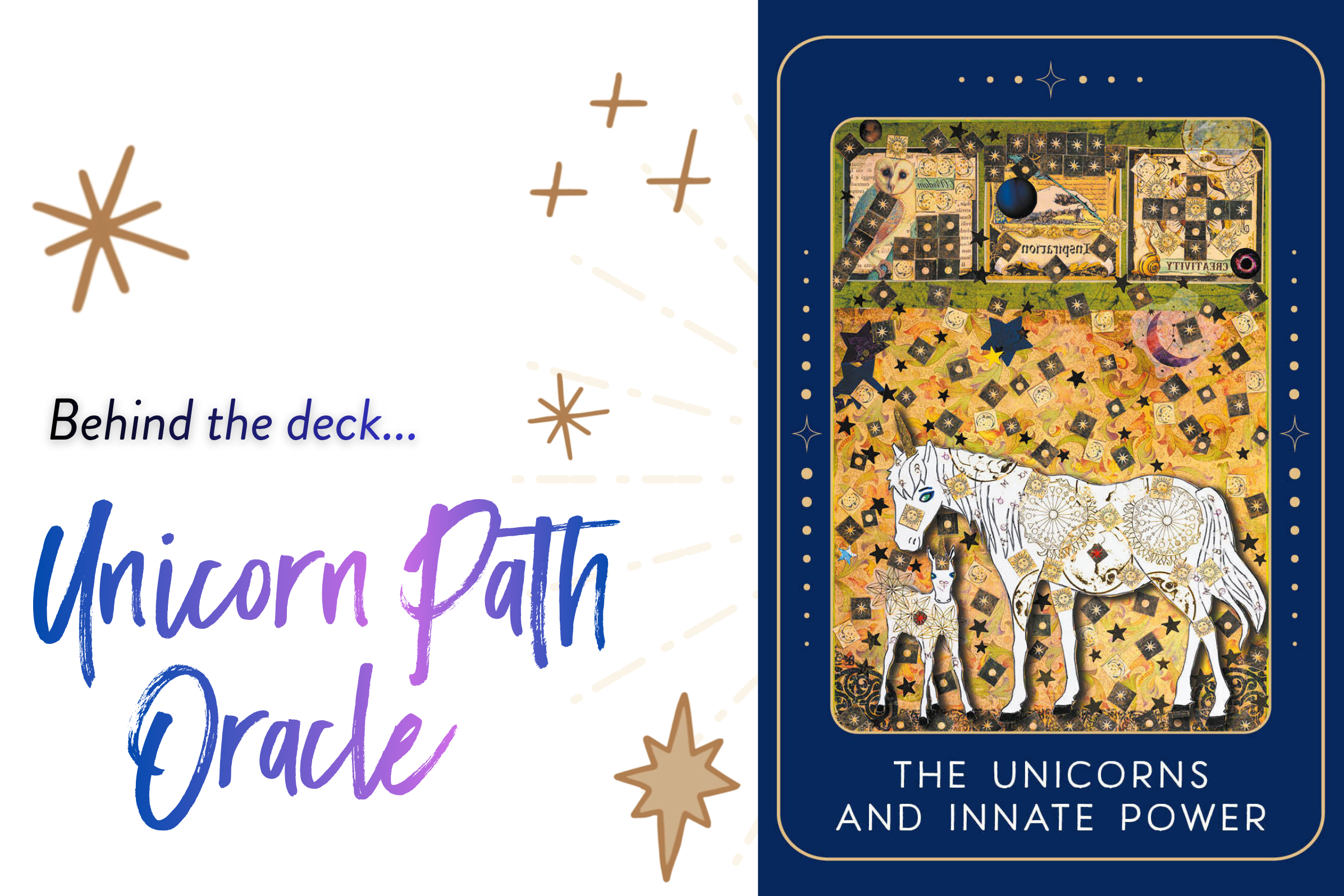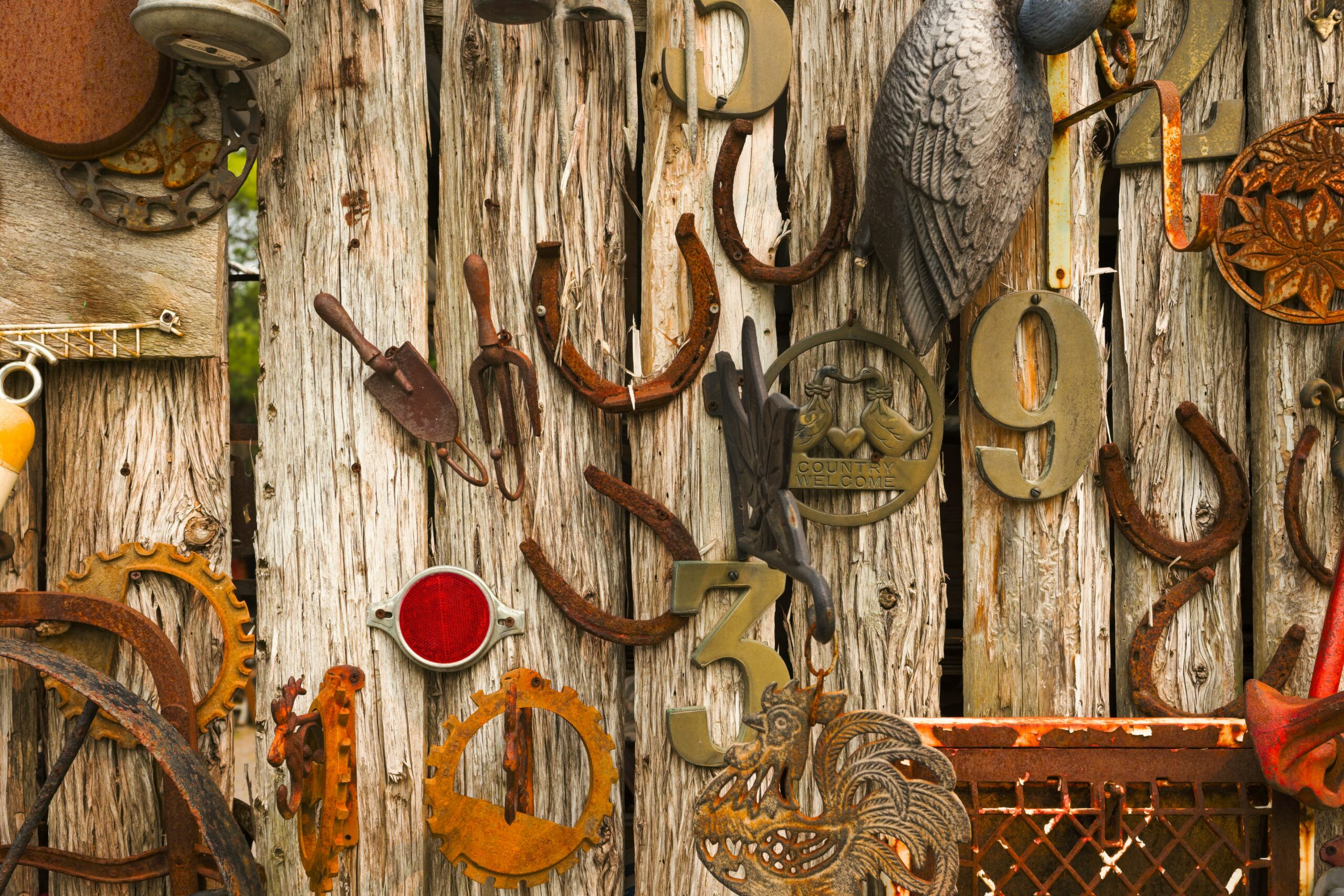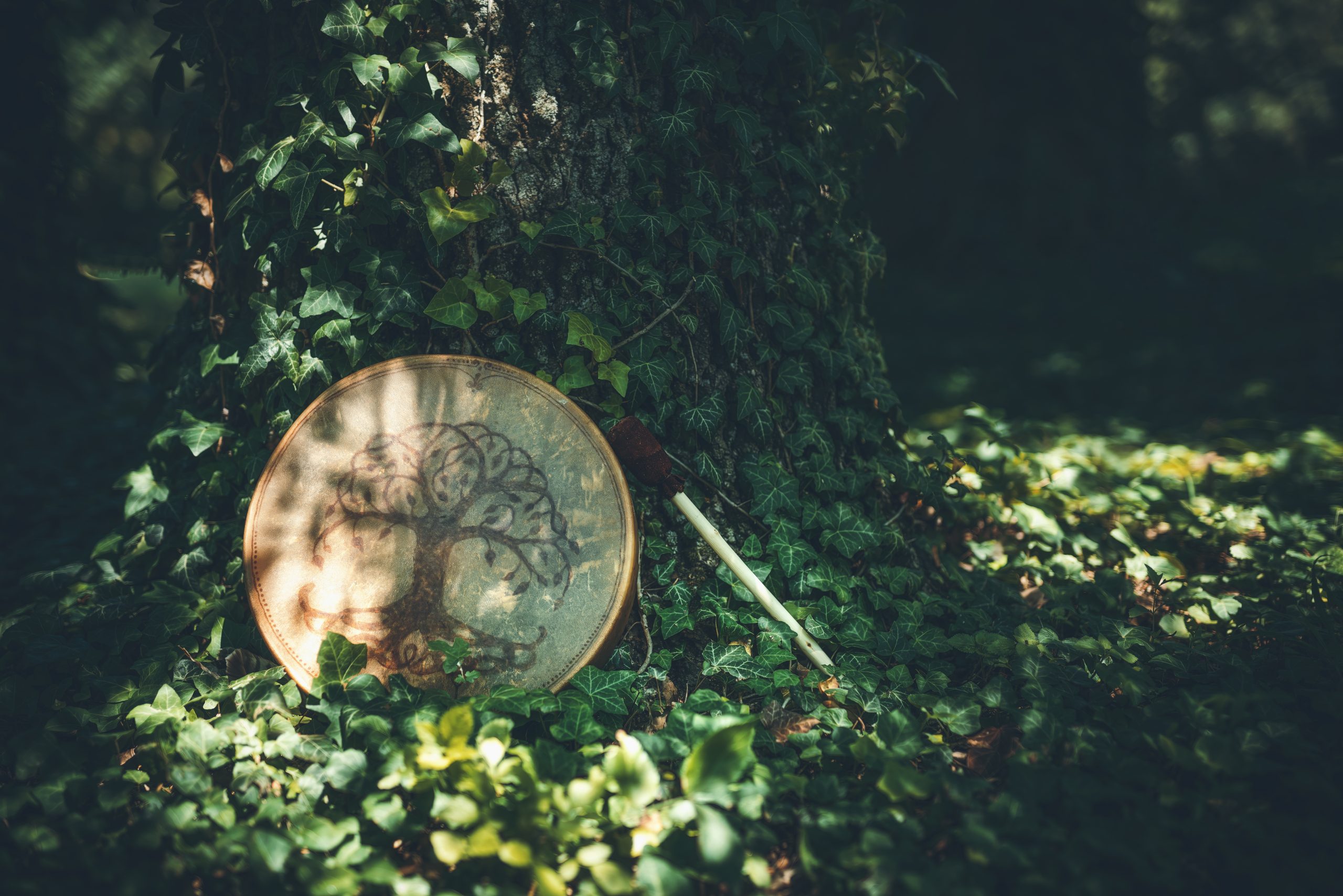
by Kristoffer Hughes
The original druids were the spiritual elite of the European Celtic cultures of continental Europe and the islands of Britain and Ireland. They existed within a cultural continuum that archaeology and anthropology identify as Celtic. This requires some further exploration by examining a little of what Celtic spirituality is and how a Druid differs from any other spiritual practitioner.
Celtic spirituality can be defined as any spiritual expression or set of systems that utilises the language, art, mythology, and folk traditions of the people and regions commonly referred to as being Celtic in origin or expression. This is not limited to a Pagan expression but can be utilised in any religious identification. The Christian Celtic church continues to be active today, with many adherents connecting to themes that are influenced by the Celtic cultures, and they do so within a monotheistic Christian identity. In the twenty-first century there are many Christians who also identify as Druids. Celtic spirituality is not rigid and immovable; it can easily adapt itself to the needs and requirements of the people. However, it is important to understand that this book, like its author, focuses on the Pagan expression of Celtic spirituality. As a Pagan Druid there will be little, if any, focus on the Christian element of Celtic spirituality in this book. To make that statement is not to denigrate the validity of Christian Druids; it is simply not in my frame of reference nor experience to adequately explore.
Celtic spirituality is not limited solely to Druidry. There are witches, magicians, and Pagans the world over who work with modern Celtic deities, themes, and myths without ever feeling the need to call themselves Druids. With that in mind, there must be something that defines what a Druid is and why the differentiation exists. With its etymological association with trees and the classical accounts of Druids worshipping in forest groves, the term Druid may be highly attractive to those who might identify as nature lovers. However, to have a love of nature is not enough to be a Druid; there must be something more definitive that cements that concept as something that is tangible. A Druid today is more than simply a person who is in love with nature. Anyone can be in love with nature and perceive an element of the sacred within it, but that does not automatically make one a Druid.
The Pagan traditions of the twenty-first century express the same love-of-nature principles, but not all identify with Celtic spirituality or Druidry as a label or identity for their expression of Paganism. In essence, Paganism in general is a clotheshorse that is clothed by the various traditions that pertain to a Pagan worldview; Druidry is one of them, and it does so through the lens of Celtic spirituality. The author John Beckett refers to this as the "big tent" of Paganism, and sheltering beneath its canvases are expressions of Paganism from all over the world. Each tradition carries the magic of heritage and ancestry; each brings a different gift to the feast table within the big tent of Paganism. Those items are flavoured with the lives, struggles, and achievements of the people who were responsible for their ancestral origins.
When we consider this wisdom, we can glean an understanding of why the term Druid and its practice of Druidry is relevant and appealing to the plethora of individuals who choose to call themselves Druids. It sings of a connection to something greater than the individual and offers a sense of permanence through the rivers of our cultural, worldly, and psychic constitutions.
Celtic spirituality is not limited to the past, for the Celts exist today; it is a spiritual expression that has at its heart the vitality of the Celtic cultures past and present. If we look to our northern European cousins, the Nordic peoples, we find a beautiful tapestry of spiritual expression based upon the Nordic myths and sagas and the folk traditions of those people. These have given rise to the modern practices of Heathenism and Asatru and other Northern traditions; they have at their heart the concept of culture that sings of their origin and inspiration. In a similar fashion, the Celts are the primary influencers of not only Celtic-inspired spirituality and spiritual practises, but also of the Druids. It was that cultural continuum that birthed, nurtured, and preserved them.
While most ancient cultures had the equivalent of a Druid, be it the noaidi of the Sami people to the shamans of the Siberian tundra, their functions were similar. It was their cultures that differentiated them. To say that a shaman or a noaidi is just a type of Druid would be to do a cultural disservice to all those involved and immersed in those traditions. They are all expressions of culture and relationship and must be celebrated and honoured as such.
The Celts
The Celtic people of northern Europe and the British Isles had their origin in the Hallstatt region of modern-day Austria at the beginning of the Iron Age. Yet their influences, evident in the archaeological record, lie as far afield as the Xinjiang province of China and the discovery of the European Cherchen Man and his community. The term Celtic was first used by the classical authors in the sixth century before the Common Era to refer to communities in central and northern Europe who shared a commonality of language and art. According to Celtic scholars Miranda Aldhouse-Green and Ray Howell, "the term Celtic has the same sort of validity as today's use of 'European', encompassing linkages between groups of people while recognising regional diversity." This commonality of the Celtic people's expression through art, poetry, and mythmaking is evident throughout the regions of northern France, the British Isles, and Ireland, and demonstrates a quality that transcends the locality-specific nature of the tribal Celts. The terms Celt and Celtic have their opponents who consider them to be unhelpful when attempting to designate a group of disparate people at times hundreds of miles apart. However, modern academia and anthropology find the terms useful as a designation for not only an ancient people but also a modern one.
The Celtic continuum is cultural and not to be confused with genetics. The culture of the Celts arrived in waves of succession that brought art, ideas, and spirituality to the various regions of northwest Europe and the island of Britain. It overlaid the population, not necessarily affecting its genetics but profoundly affecting its culture. While the term Celtic can be problematic from an academic point of view, it is necessary to acknowledge that in the modern world the term Celtic can be categorised in two specific manners. The first category is the use of the term in antiquity, where groups of literate Europeans used it to describe and give meaning to their contemporary neighbours. It is a useful term for describing a common shared trait in the archaeological record of the Iron Age peoples of northern Europe and its islands. On the other hand, the term Celtic is a linguistic term that describes the cognate languages of modern-day Wales, Scotland, Ireland, the Isle of Man, Cornwall, and Brittany and their respective cultures.
The Celts, ancient and modern, share a commonality; it is the regional diversity of the Celts that breathes life and colour into the modern Druid traditions. It may be apparent to you that this book focuses on the Welsh/Celtic regionality of Druidry, but to make this statement is not to purposefully exclude the other regions and their cultures and languages. Brittany, Cornwall, Scotland, the Isle of Man, and Ireland all offer their own regional variations that add to the cauldron of Druidry. They each offer a slightly different lens through which one can perceive the various expressions of Druidry and Celtic spirituality. Druidry is a cauldron, and the cultures that retain Druidic lore, myth, and practice are the ingredients that, when cast into the cauldron, each add something unique to the magical brew that is Druidry. This book looks at Druidry through a Welsh lens simply because it is the path of the author. I encourage you to explore the regional diversity of the Druid landscape, but also ask that you do so respectfully, being mindful of the cultures that serve to preserve and guard the traditions, myths, and leg
ends that colour their cultural landscape.
Our literal knowledge of the Druids comes primarily from the authors of the classical era who encountered the Druids as they moved and conquered the various countries and states of Europe. The Druids represented the spiritual and religious element of the Celtic people. Other cultures may well have had their spiritual elders and leaders, but they were not called Druids. To honour the term Druid in memory and in practise, it is important to acknowledge the culture that held them-the Celts. The ancient Druids were what we would today identify as Celts; it is not entirely clear if the term Celtic was one that they used for themselves as an identity. However, not all Celts were Druids, in the same manner that not all Christians are clergy. Something differentiated the Druids from the ordinary people. While the archaeological and folk record of Celtic nations demonstrate a spiritual practice among the ordinary people, they would not have identified themselves as Druids or followers of Druidry. The same is true today; a witch who incorporates Celtic deities or Celtic folk magic in their practise does not necessarily identify as a Druid. Druids practise expressions of Celtic spirituality, but not all practitioners of Celtic spirituality are Druids.
From the classical authors, it is apparent that the doctrine ofDruidry had its origin in the island of Britain and moved from there into Gaul (northern France). If the classical authors and in particular Caesar are to be trusted, the Druids represented a singular priesthood within Celtic culture who wielded enormous political and religious sway over the people and their leaders. There are issues with the testimony of the classical authors, and they may well contain swathes of propaganda and ulterior motives lost to us, but they also represent the only direct information that has survived the ages.
The Celts Today
It is important at this juncture to pause a while and consider the nature of that which is Celtic in the modern world and its relevance to spiritual practice. When the term is used, there is a tendency for the individual to immediately think of a people long since passed from the face of the earth. The use of language when referring to that which is Celtic is invariably done in the past tense, which as a Celt is somewhat disparaging and just a tad offensive, for it dismisses the fact that we are indeed quite current and apparent in the here and now. The Celts did exist all the way back in the distant past during the European Iron Age and well into the first century of the Common Era, but it is equally as important to acknowledge that the Celts are alive and well today and continue to express their culture throughout the six great Celtic nations and beyond.
Today the Celts of the twenty-first century are identified as those who inhabit the Celtic-speaking regions of Europe; namely, Brittany, Cornwall, Wales, the Isle of Man, the island of Ireland, and Scotland. In turn, the language structure of these nations is shared between that which is referred to as P-Celtic, or Brythonic, which consists of Brittany, Cornwall, and Wales, and the Q-Celts, or Goidelic, from Ireland, the Isle of Man, and Scotland. A commonality is expressed through the use of these languages, and while on the surface they do appear quite different, there are cognates that reveal the commonality of culture. The locally diverse nature of the Celts both ancient and modern is demonstrated in the differences between them. These differences are celebrated rather than berated, for we can sense a communal spirit that unites us. That the Celts thrive to this day is not to say that we have not struggled to maintain our identity. From the invasion by Rome two thousand years ago to the Normans, Vikings, Saxons, and the colonisation by the imperialism of England, the British Celts - the Welsh, the Cornish, the Irish, and the Scots - have faced continuous threats to their identity, a struggle that has real-life impact today.
As a Celt, my cultural identity is important for several reasons. It connects me to my ancestors and the land which nurtures me. It serves to identify the family of languages that I belong to, and it stands up in defence of a cultural identity that has been constantly attacked and denigrated by the ruling powers and politics of the British Empire. There are subversive powers that continue to strive to dismiss a Celtic identity, for ultimately nations like Wales continue to be a colony of England. The atrocities of the British ruling elite against indigenous peoples worldwide are well attested, and many moves have been made in recent years to correct the prejudices and wrongdoings of the past. The relationship between Wales and England is complex and fickle, as it is between the ruling seat of Westminster and Scotland. It has at its heart the historical attempt by the ruling classes of the British Empire to neutralise an identity in the western fringes of the island that is predominantly non-English. To this day we are continuously told that Celtic is something that does not exist, for the most effective way to devalue a populace is to render them as irrelevant and without identity. Colonial prejudice persists to this day and is intimately tied to a Celtic identity that the empire has spent centuries of time and masses of money to quell its influence.
To identify as a Celt is to make a cultural and political statement. We choose to exist. We choose to celebrate and hold our culture and language as important aspects of our identity. Our greatest heroes are those who strive to learn our languages and immerse themselves in a culture that is three thousand years in the making and has stood up and fought against tide after tide of hostile attempts to annihilate us. Modern Celtic spirituality serves to perpetuate a threatened culture and makes enormous bounds to help it survive and thrive. Can you be a Celt today? Yes, you can, for it is entirely cultural. Make an effort to learn the language and immerse yourself as much as you can in the issues that are important to modern Celts and the struggles that they have endured over countless generations.
The above statement is not intended to be anti-English, but to point out the very real consequence of colonisation and its influence. Ironically, it is the English-speaking New Age and spiritual traditions that are currently making significant impact on the validity and magic of Celtic spirituality worldwide. In doing so it serves as a component amongst many to heal the damage of colonisation and the denigration of indigenous culture. There is genuine interest in Celticism today, with many spiritual traditions incorporating elements of Celtic culture into their practise. The largest Druid order in the world, the Order of Bards, Ovates and Druids, is an English language-based order headquartered in southeast England. Their work over the last half a century has done much to promote the validity of Celtic spirituality and mythology to a global audience. This has resulted in a profound appreciation for the Celts and the wisdom of a culture that has, against all odds, endured to this day. These are heroic acts by people who strive to imbue the wisdom of the Celts into modern, applicable practice.
Cultural Appropriation vs. Cultural Appreciation
There is a danger in any exploration of a culture that is not one's birth culture that an individual may inappropriately utilise symbols, art, language, or traditions in a manner that denigrates or exploits. Cultural appropriation is a form of social plagiarism where elements from a minority culture are exploited by members of a dominant culture. Prime examples of this were rife in the 1980s and '90s where Western white people took it upon themselves to teach elements of indigenous Native American spirituality without acknowledging the suffering and atrocities that the indigenous culture had endured. Many had had no formal training or connection with any indigenous peoples and strived to monetise the traditions to their own ends. This demonstrated a complete lack of empathy and understanding for a culture that had suffered centuries of denigration and attempts at their eradication. Other forms of appropriation are subtler than the previous example and may not have any monetary return; an example would be wearing an indigenous American headdress and sacred attire and using it as a Halloween costume. This is also cultural appropriation, for it is demonstrative of ignorance and a lack of understanding that the dress is something deeply sacred.
At the heart of cultural appropriation is exploitation, where the dominant culture benefits by the denigration of the minority. Often such actions can be deemed highly offensive; one example is the practice of blackface, which had its origin in prejudiced attitudes towards people of colour, mocking those of different skin to the dominant culture. The appropriation of Celtic culture has been an issue in the New Age movements since its inception, with many groups and teachers professing to being the sole guardians of ancient Celtic magical traditions. For a large sum of money, these traditions can be revealed to you, but usually result in nothing of any cultural value being shared other than exploitation of the term Celtic. I continue to see videos of people attempting to speak in what may appear as mystical arcane Welsh incantations but are essentially poorly constructed translations that do not take into consideration the intricacies of language and its structure and rules. This is appropriation, for it serves only to promote kudos for the individual and does nothing to preserve culture.
One can appreciate a culture without appropriating it and take action to modify one's connection to that culture in a manner that honours rather than dishonours. There are many ways of achieving this, from learning some of the Celtic languages and enquiring as to what matters to those who inhabit the Celtic lands, finding out what is important to them and what, if anything, you can do for them. This can be as simple as becoming a member of a heritage group or a language preservation society or contributing to charities that make a difference in the Celtic heartlands. It is important to consider that the primary difference between cultural appropriation and appreciation is education. If in doubt, seek out a native person of that culture and ask for their advice or input.
From
The Book of Druidry by Kristoffer Hughes. © 2023 by Kristoffer Hughes. Used by permission from Llewellyn Worldwide, Ltd.,
Llewellyn.com.

 by Kristoffer Hughes
by Kristoffer Hughes



